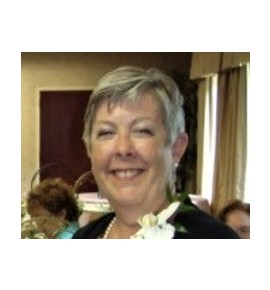
Lynne Price
Lynne Price is the author of multiple books related to services for students who are deaf or hard of hearing. She a National Board certified teacher with 40 years of teaching experience and is certified in the areas of Hearing Impaired, K – 12 Regular Education, and Reading. She has worked in both residential and public-school settings - preschool through high school, and in all settings - separate through itinerant. She is National Board certified and is trained in all 3 research-based reading programs. She has also taken graduate level courses related to mental illness and behavior management.
In addition to teaching, she has served as an administrator for hearing impaired services, mentored staff, and developed programming and curriculum for her school system and developed assessment guidelines for psychologists to use with students who are deaf and hard of hearing. On the state level, she participated in the Task Force for the National Agenda for Achieving Educational Equality for D/HH students. As part of that team, she created the state Communication Plan and drafted components for changes to legislation and department policy as well as best practices guidelines.
She has shared her knowledge and experience in regional and national workshops and has conducting training for statewide programs. On the international level, she has been a guest instructor for regional services at the Women’s Hospital in Doha, Qatar and for nationwide instructional staff at the University of Edinburgh in Scotland.
Presentation(s)
Session 1- Steps to Success – Advocacy for All Ages Expanded Core Curriculum, Strategies and Activities
The Steps to Success curriculum is designed to assist teachers in grades K - 12 to develop skills that will enable a student to be an effective listener/ viewer, a successful communicator, a proficient reader, and a knowledgeable consumer of goods & services related to hearing needs. It also serves as an organizational tool for teachers serving multiple age caseloads. It supports Common Core Standards through literacy, oral comprehension, and pragmatic language instruction. It works well as a stand- alone habilitation program or as a collaborative rehabilitation tool when used in conjunction with a language curriculum, content vocabulary instruction, or an auditory skills development program. Components of Steps to Success consist of a scope and a sequence for 10 goal areas. Each goal area is divided into strands of instruction with related teaching strategies and activities (worksheets) for different age/developmental levels of instruction.
Areas of Instruction:
- Perception and Processing:
- Understanding hearing loss
- Using technology (equipment)
- Developing functional listening skills
- Knowledge of self:
- Understanding emotional impact of hearing loss
- Using appropriate social interaction
- Practicing self management – organization, decision making
- Advocacy:
- Understanding rights & access
- Determining accommodation needs & best advocacy
- Developing emergency procedures
- Making appropriate transition / post-secondary plans
This session will include:
- A PowerPoint presentation plus related notes
- Related hands-on activities and sample resource materials for each goal area
Objectives
Participants will:
- Using a sequence of instructional strands, attendee will determine beginning point of instruction based on student knowledge and skills and plan a long-term instructional program.
- Attendee will review and discuss specific instructional activities for different goals and strands.
- Attendee will identify appropriate age/skill level instructional strategies and evaluation methods.
Session 2 - Situational Analysis and Self-Advocacy Skill Development for Secondary Students
Self-advocacy and transition instruction are part of a free and appropriate education. They support academic success, impact school performance, require direct instruction by knowledgeable staff and is best developed through situational specific instruction. Communication and access are dynamic concepts. The goal is to develop a student’s ability to analyze, and problem solve in specific situations (COACH). Analysis gives purpose to communication and meaning to language learning. Problem solving builds self-confidence and improves application.
COACH stands for: